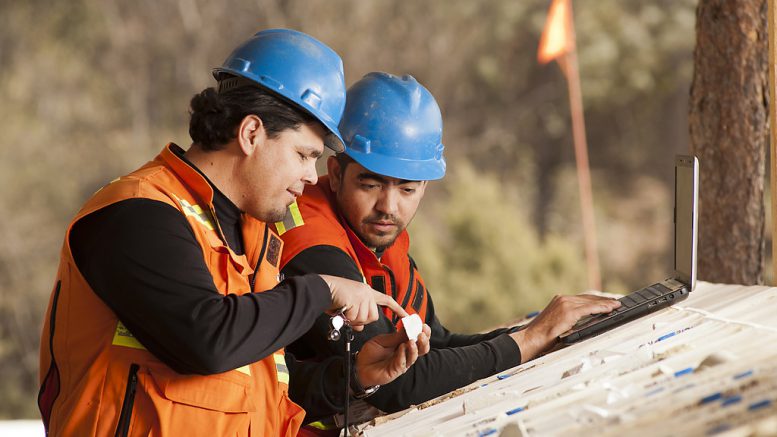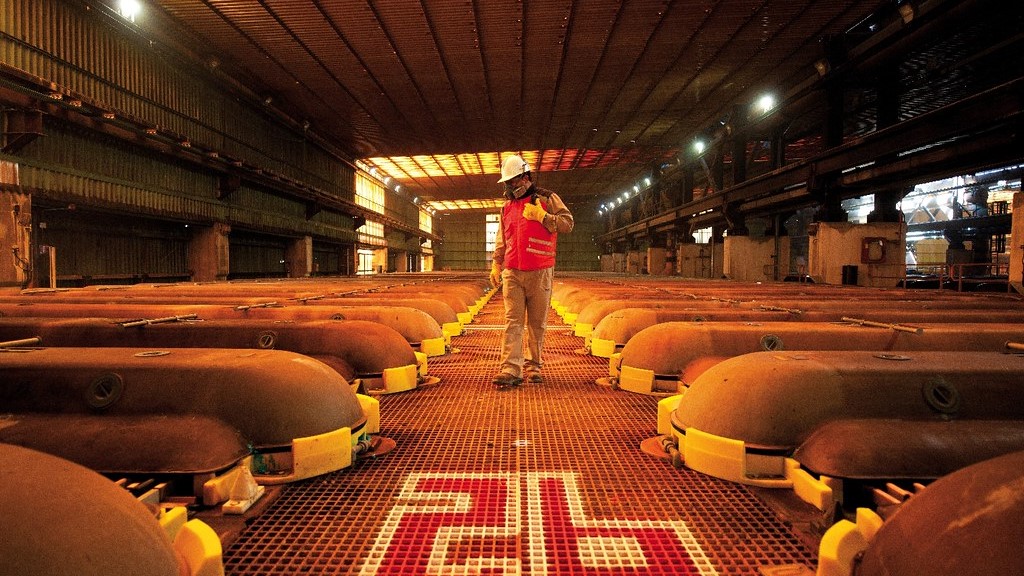Teck, Agnico team up at San Nicolas copper project in Mexico

Two of Canada’s biggest mining companies are teaming up in Mexico at the San Nicolas copper-zinc development project, one of the country’s largest undeveloped volcanic-hosted massive sulphide deposits and among the largest globally.
Agnico Eagle Mines (TSX: AEM; NYSE: AEM) is taking a 50% interest in Teck Resources (TSX: TECK.A/TECK.B; NYSE: TECK) subsidiary Minas de San Nicolas (MSN), which wholly owns the project.
Under the deal, Agnico will subscribe for $580 million of MSN shares, which implies a notional $290-million acquisition cost for 50% of the project. It will also cover Agnico’s contribution of 50% of the first $580 million of project costs for its own account.
Over the first two years, Teck notes that Agnico’s funding commitment in the joint-venture will be about $50 million.
A feasibility study for the project is under way and expected to be complete in early 2024.
Late last year Teck estimated San Nicolas contains proven and probable reserves of 105.2 million tonnes grading 1.12% copper, 1.48% zinc, 0.4 gram gold per tonne and 22 grams silver per tonne, or more than 2% copper equivalent.
“This is a unique opportunity to create a long-term partnership between two high quality mining companies working together to de-risk and optimize a world-class VMS deposit in a premier mining jurisdiction,” Amma Al-Joundi, Agnico’s president and CEO, said in a press release.
“Agnico Eagle’s project development, permitting and construction experience in Mexico, combined with Teck’s base metals expertise, operating excellence and marketing leadership, are complementary skillsets and will contribute to the timely and successful development and operation of San Nicolas.”
The transaction is expected to close in the first half of next year.
Teck completed a prefeasibility study in March 2021 on San Nicolas, which contemplated an open-pit, truck and shovel, processing and flotation operation.
The study estimated first production in 2026, a mine life of 15 years, and during the first five years, annual production of 63,000 tonnes of copper and 147,000 tonnes of zinc in concentrate.
Average life of mine head grades, the study found, would come in at 1.13% copper and 1.49% zinc, and average C1 operating costs were pegged at 16¢ per lb. copper during the first five years of production and 44¢ per lb. over the life of mine, net of byproduct credits.
Development capital costs were forecast to run to about $842 million with a 2.6-year payback period. At $3.50 per lb. copper and $1.15 per lb. zinc, the study estimated an after-tax internal rate of return of 33%.
Teck noted in its press release announcing the new partnership, however, that based on current cost estimates, both companies anticipate that development capital costs could be in the range of $1-1.1 billion.
“With development costs in this range, and assuming spot prices of approximately $3.57/lb. copper and $1.46/lb. zinc, the estimated payback period would be 2.5 to 2.8 years with an estimated after-tax IRR of 33% to 30%.”
Initial work on the feasibility has been underway since the beginning of this year. Between 2018 and 2021, Teck completed an environmental and social baseline survey, including archaeological surveys.
‘Innovative thinking’
BMO Capital Markets mining analyst Jackie Przybylowski described the JV as positive.
“A partnership between gold miner Agnico Eagle and diversified base/bulks miner Teck Resources shows innovative thinking that can lead to real value creation for the metals and mining industry overall,” she wrote in a research note. “Although San Nicolas is a relatively small project, it is expected to be incrementally positive for both companies.”
Przybylowski also pointed out that the deal gives Agnico Eagle access to sought after base metals needed in the transition to greener energy, and also “solves problems” for both companies.
“Teck is clearly a capable mine builder and operator, as can be seen with the recent successful development of the large-scale and complex QB2 project in Chile through the Covid-19 pandemic. However, Teck is occupied with QB2 (and likely subsequent phases of growth in Chile, such as QBME) and this project was likely a relatively low priority to Teck,” she writes.
“This project can make use of Agnico Eagle’s strong operating team and government/community relations expertise in Mexico as the company’s own operations in country (including La India and Pinos Altos) mature and decline.”
The analyst also noted that Agnico’s operations are in the state of Chihuahua, near Zacatecas.
More News
Chile to cut 2025 copper price forecast, WSJ reports
The Chilean government will cut the estimated average price to $3.90 to $4 a pound from a current projection of $4.25.
April 06, 2025 | 10:49 am
Breakthrough Cu-Ta-Li alloy could transform aerospace, defense applications, researchers say
US Army Research Laboratory developed nanostructured copper alloy with exceptional thermal stability and mechanical strength.
April 04, 2025 | 04:17 pm
{{ commodity.name }}
{{ post.title }}
{{ post.excerpt }}
{{ post.date }}



Comments